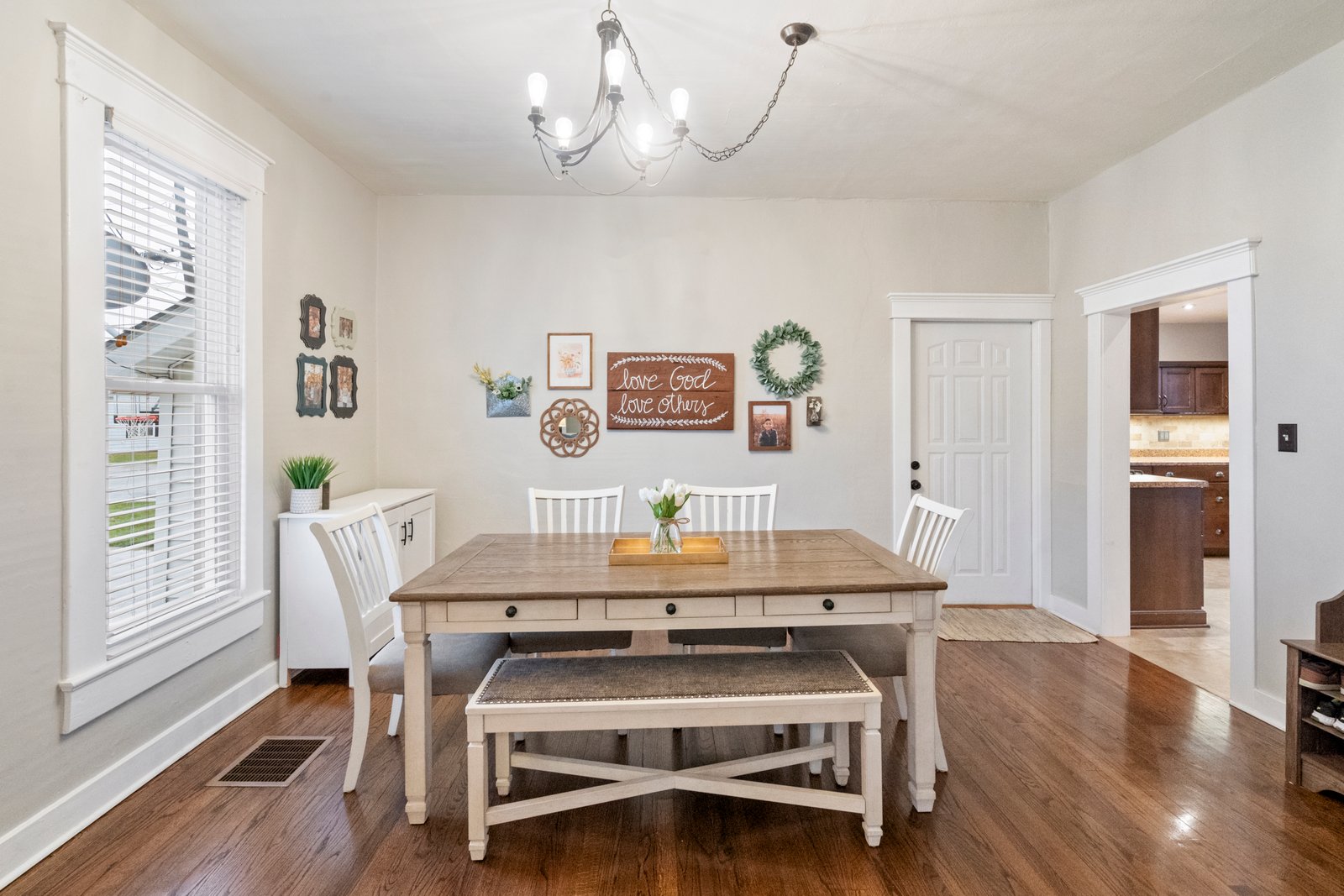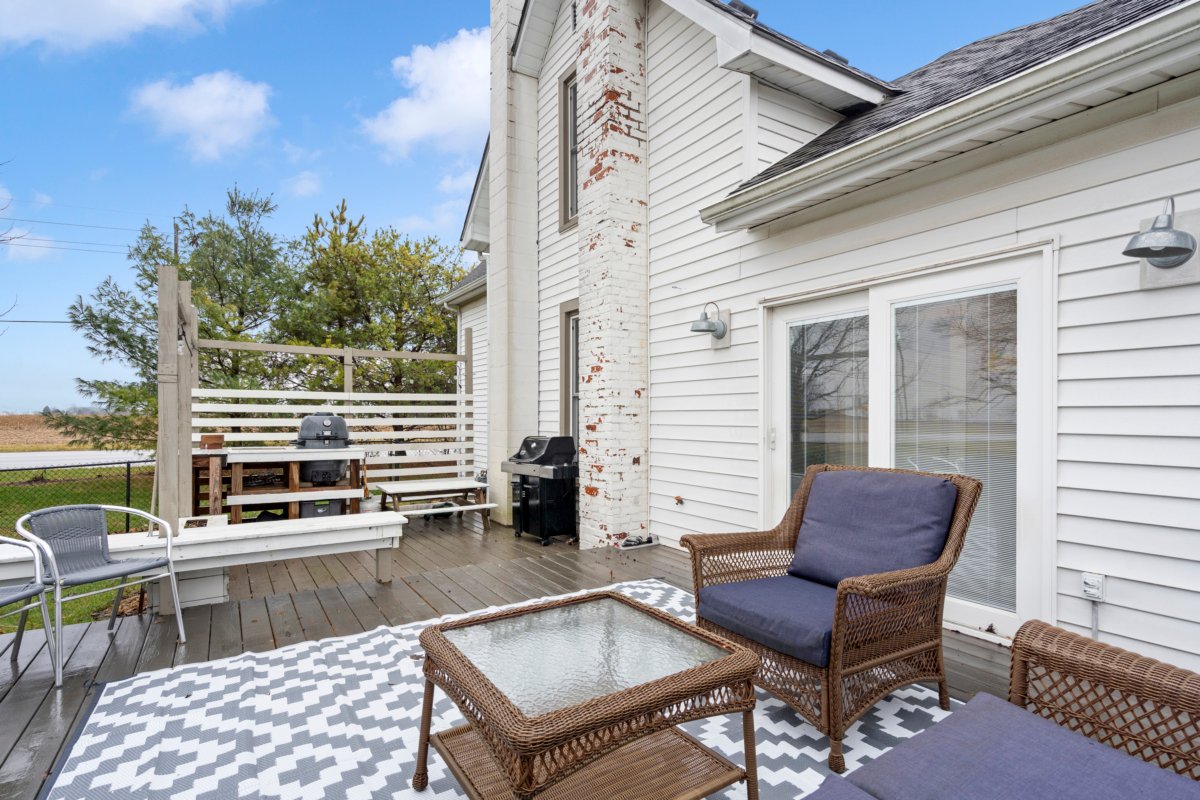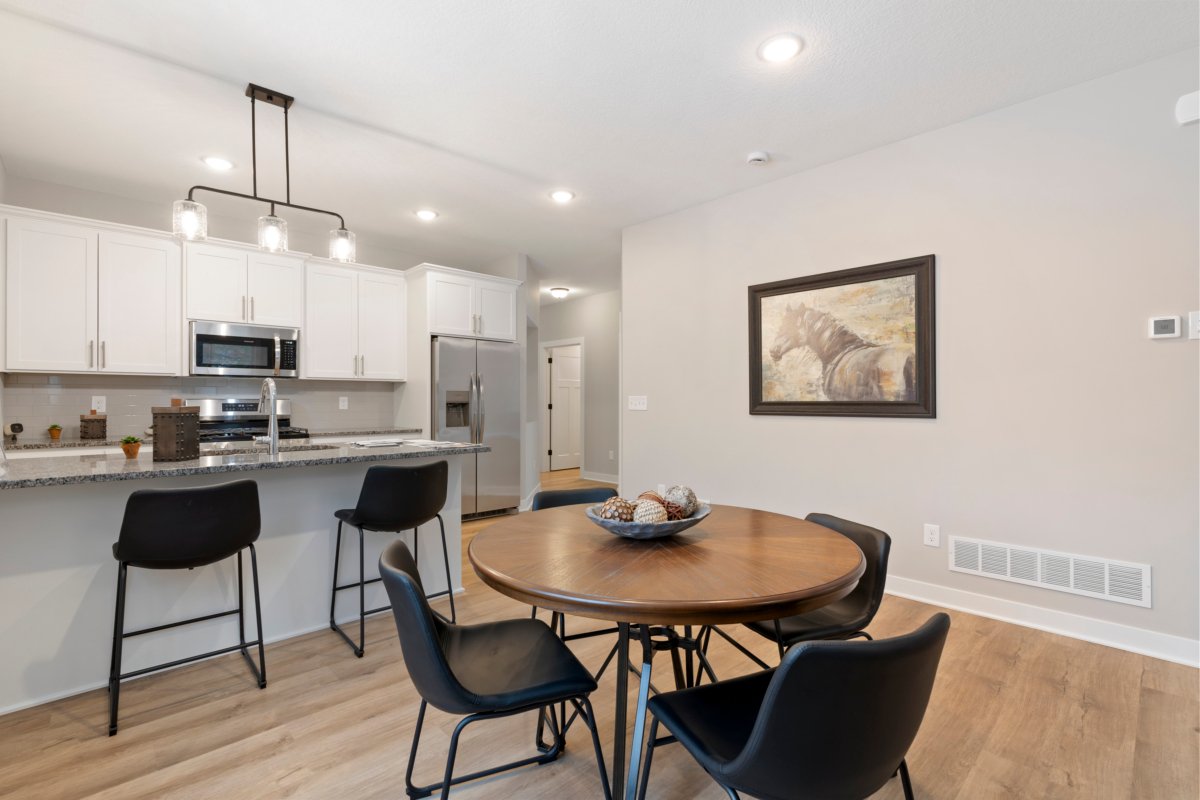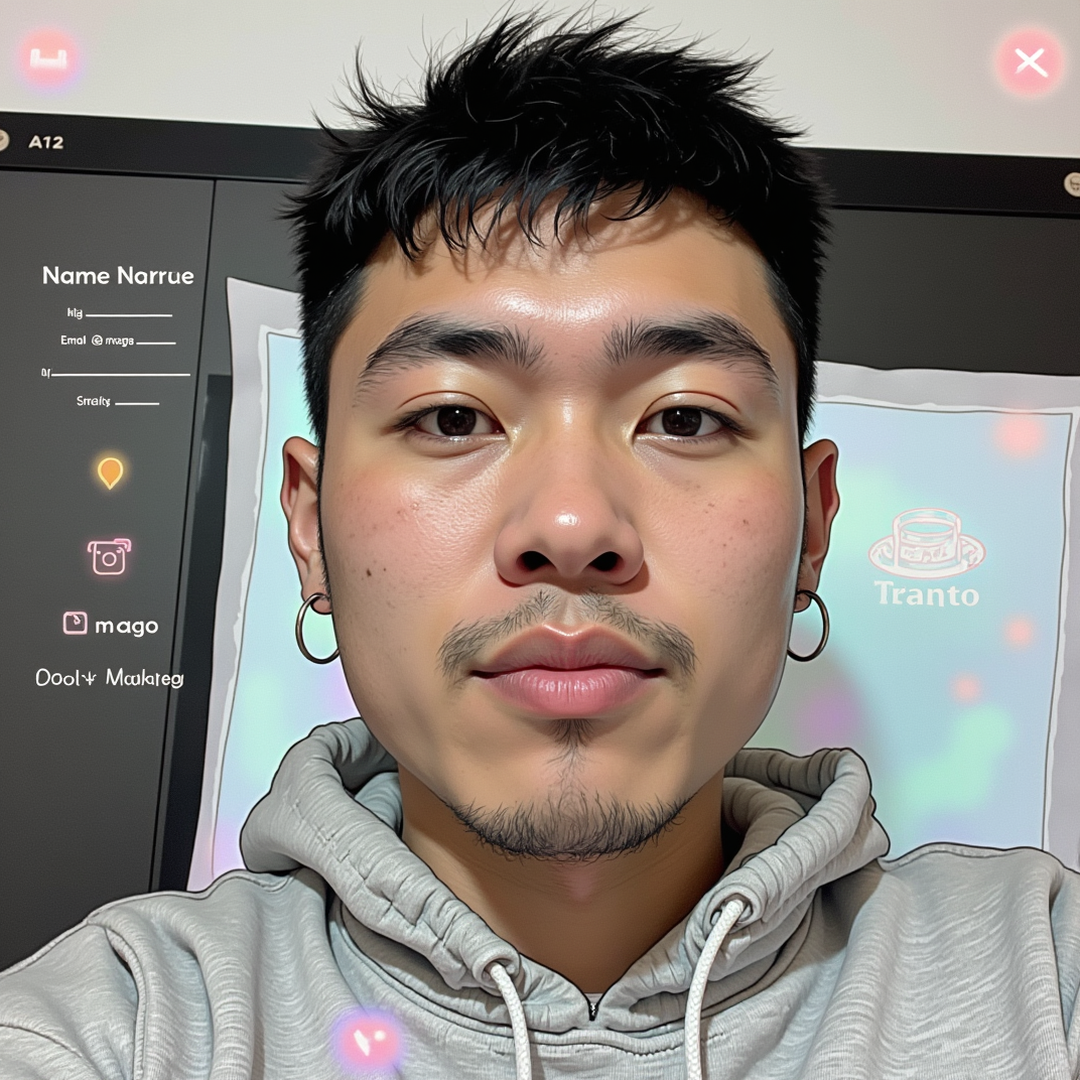
How to Use Natural Light in Real Estate Photography: Essential Tips
Natural light is the most powerful tool in a real estate photographer’s arsenal. When used correctly, it can transform ordinary spaces into extraordinary showcases that captivate potential buyers. This comprehensive guide explores how to harness natural light effectively in real estate photography.
Understanding Natural Light Basics

real estate photography
Natural light comes in various forms throughout the day, each with its unique characteristics and challenges:
- Direct sunlight – harsh and contrasty
- Diffused light – soft and even
- Reflected light – bounced from surfaces
- Golden hour light – warm and directional
- Blue hour light – cool and balanced
Timing Your Shoots
The time of day dramatically affects the quality of natural light in real estate photography:
Morning Light (7-10 AM)
- Crisp, clean quality of light
- Perfect for east-facing rooms and facades
- Minimal heat distortion in summer
- Often provides beautiful golden hour effects
Midday Light (10 AM-2 PM)
- Challenging due to harsh shadows
- Best for interior rooms away from windows
- Good for architectural details
- Requires careful exposure management
Afternoon Light (2-5 PM)
- Warm, golden qualities
- Ideal for west-facing rooms and facades
- Beautiful long shadows for dramatic effect
- Great for outdoor living spaces
Direction and Quality of Light
Understanding how light enters and affects different spaces is crucial:
North-Facing Rooms
- Consistent, diffused light throughout the day
- Minimal direct sunlight
- Perfect for showing true colors
- May require longer exposures
South-Facing Rooms
- Strong, direct light most of the day
- High contrast between light and shadow
- Best shot early morning or late afternoon
- May need diffusion techniques
East/West-Facing Rooms
- Dynamic lighting conditions
- Time-sensitive shooting windows
- Beautiful golden hour opportunities
- Requires careful planning
Essential Techniques
Working with Windows
Windows are both a blessing and a challenge in real estate photography:
- Shoot parallel to windows when possible to minimize glare
- Use window light as a main light source
- Consider bracketing exposures for window detail
- Position yourself to maximize natural light flow
- Use reflectors to bounce light into darker areas
Managing Contrast
High contrast situations require special attention:
- Use HDR techniques for balanced exposures
- Position yourself to minimize extreme contrast
- Utilize natural reflectors like white walls
- Consider using sheer curtains as diffusers
- Time shoots when contrast is naturally lower
Room-Specific Considerations

Real Estate Photography
Living Rooms
Often the largest spaces requiring careful light management:
- Use multiple angles to capture different lighting scenarios
- Highlight architectural features with natural light
- Balance window light with interior lighting
- Consider furniture placement relative to light sources
Kitchens
Critical spaces that need proper lighting:
- Minimize reflections on appliances and countertops
- Capture natural light on work surfaces
- Balance overhead lighting with window light
- Show off special features with directional light
Bathrooms
Often challenging due to limited natural light:
- Maximize available window light
- Use mirrors to enhance natural light
- Consider shooting at peak daylight hours
- Balance artificial and natural light carefully
Advanced Tips and Techniques
Weather Considerations
Different weather conditions require different approaches:
- Overcast days – perfect for even lighting
- Sunny days – manage contrast and shadows
- Partly cloudy – time shots between cloud movements
- Rainy days – focus on interior ambiance
Seasonal Adjustments
Adapt your approach based on seasonal changes:
- Summer – earlier morning shoots to avoid heat distortion
- Winter – mid-day shoots for maximum light
- Spring/Fall – flexible shooting times
- Consider seasonal sun positions
Equipment Considerations
The right equipment enhances natural light photography:
- Wide-angle lenses (16-35mm) for spatial context
- Polarizing filters for managing reflections
- Tripod for longer exposures
- Light meter for precise exposure readings
- Reflectors and diffusers for light control
Common Mistakes to Avoid
Learn from these frequent pitfalls:
- Shooting at the wrong time of day
- Ignoring weather forecasts
- Not scouting locations beforehand
- Overlooking subtle light variations
- Relying too heavily on post-processing
Conclusion
Mastering natural light in real estate photography is an ongoing journey that requires practice, patience, and careful observation. Understanding how light behaves throughout the day, adapting to different spaces, and using the right techniques will consistently produce stunning property photos that attract potential buyers. Remember that natural light is your most valuable asset – learn to work with it, not against it, for the best results.
Contact me for the best real estate photo editing service.






